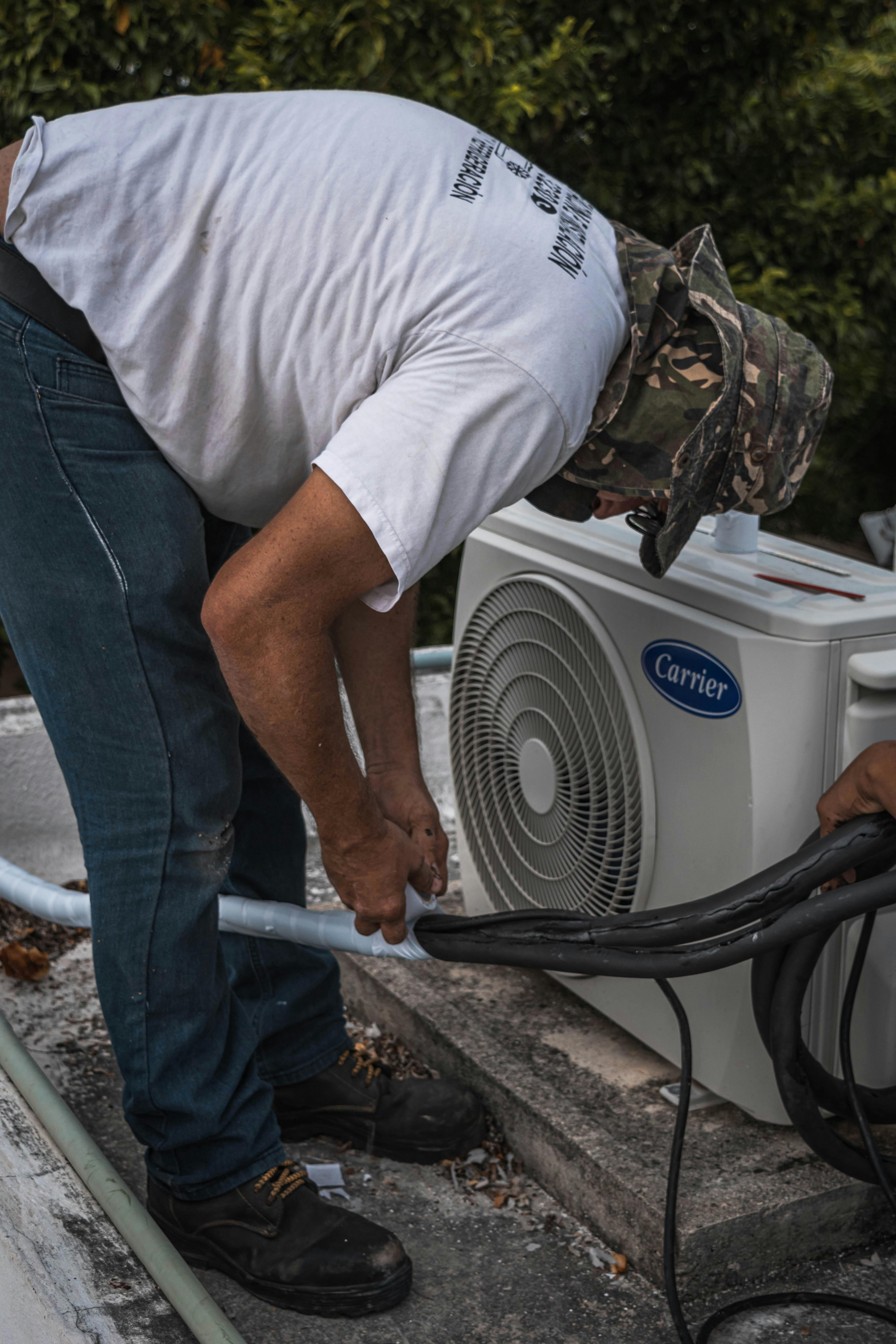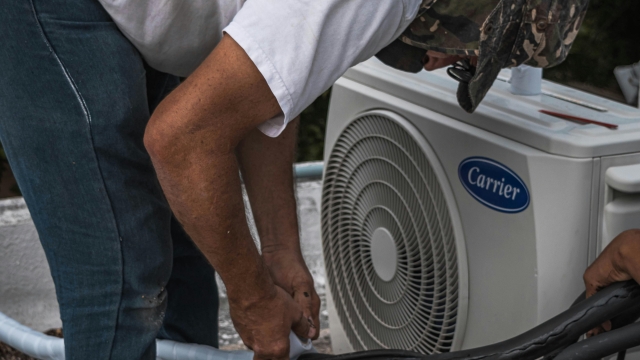 When considering the importance of effective climate control in our homes, many people turn to services like ApexHeatAndAC Air Conditioning Installation to ensure their systems are installed correctly and function efficiently.
When considering the importance of effective climate control in our homes, many people turn to services like ApexHeatAndAC Air Conditioning Installation to ensure their systems are installed correctly and function efficiently.
Heating and air conditioning are essential components of modern living, providing comfort and stability in our homes and workplaces. As the climate varies from season to season, mastering the intricacies of these systems becomes crucial for ensuring we maintain a pleasant environment year-round. Whether you are trying to beat the summer heat or cozy up during the winter chill, understanding how these systems operate can significantly enhance your comfort and energy efficiency.
In this guide, we will delve into the essential aspects of heating and air conditioning, exploring everything from the different types of systems available to tips on maintenance and energy savings. We want to empower you with the knowledge to make informed decisions, whether you’re considering a new installation, looking to improve an existing system, or simply aiming to understand how to achieve the best comfort levels in your living spaces. Join us as we explore the various options and strategies to master climate control in your everyday life.
Types of Heating Systems
When it comes to heating systems, several types are commonly used in residential and commercial applications. One of the most prevalent is the forced air system, which utilizes a furnace to heat air and distribute it throughout the space via ductwork. These systems are popular for their ability to quickly warm up a room and can be paired with air conditioning systems for year-round climate control.
Another common type of heating system is the radiator-based system, which often operates on steam or hot water. In this setup, water is heated in a boiler and then circulated through radiators, emitting warmth into the surrounding air. Radiators provide a consistent and comfortable heat, making them a favorite in older homes. However, they can take longer to heat up a space compared to forced air systems.
Electric heating systems have also gained popularity, especially in regions where natural gas is scarce. These systems use electric coils or baseboard heaters to generate heat. While they can be less efficient for large spaces, they are often simpler to install and maintain. Electric systems are also favored for zoned heating, allowing for better control of temperature in individual rooms.
Air Conditioning Basics
Air conditioning is a system designed to regulate indoor temperature, humidity, and air quality, creating a comfortable environment within homes and buildings. These systems work by removing heat and moisture from the air inside a space, effectively cooling it down. The process typically involves refrigerants, which absorb heat from the air and release it outside, allowing for consistent and controlled climate conditions.
Most air conditioning units consist of two main components: the indoor air handler and the outdoor condenser. The air handler distributes cool air throughout the space, while the condenser releases the absorbed heat back into the environment. Modern systems can also filter out pollutants and allergens, contributing to better indoor air quality. Understanding these components and their functions is essential for maintaining an efficient and effective air conditioning system.
Key factors to consider when evaluating air conditioning options include the size of the space, energy efficiency ratings, and the type of system installed. Central air conditioning systems are ideal for larger homes, while window units or portable air conditioners can be more suitable for smaller spaces. Energy-efficient models may have a higher upfront cost but can lead to significant savings on energy bills in the long run, making them a smart investment for anyone looking to enhance their climate control.
Maintenance and Troubleshooting
Regular maintenance is crucial for the efficient operation of your heating and air conditioning systems. Changing air filters on a monthly basis ensures that your system runs smoothly and maintains good air quality. Dirty filters can obstruct airflow, leading to increased energy consumption and potential damage to your unit. Additionally, scheduling professional inspections at least once a year can help identify any issues before they become major problems.
When troubleshooting your heating and air conditioning systems, it’s important to first check the basics. Ensure that the thermostat is set to the desired temperature and that the system is receiving power. If your system is not cooling or heating effectively, verify that the circuit breakers haven’t tripped and that any outdoor units are clear of debris, such as leaves or dirt. These simple checks can often resolve minor issues without the need for professional help.
If problems persist despite basic troubleshooting, it may be time to call a technician. They can diagnose complex issues such as refrigerant leaks, faulty compressors, or electrical malfunctions that require specialized skills and tools. It’s important to address these problems promptly to avoid further damage and costly repairs. Keeping a maintenance log of any issues and services performed can also aid technicians in understanding your system’s history and ensuring optimal performance.






